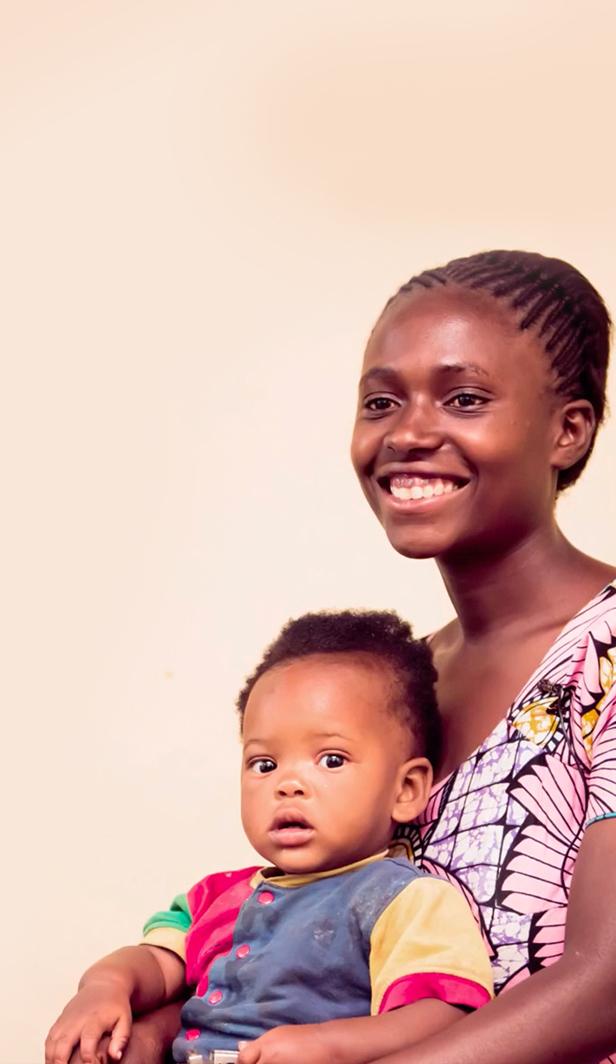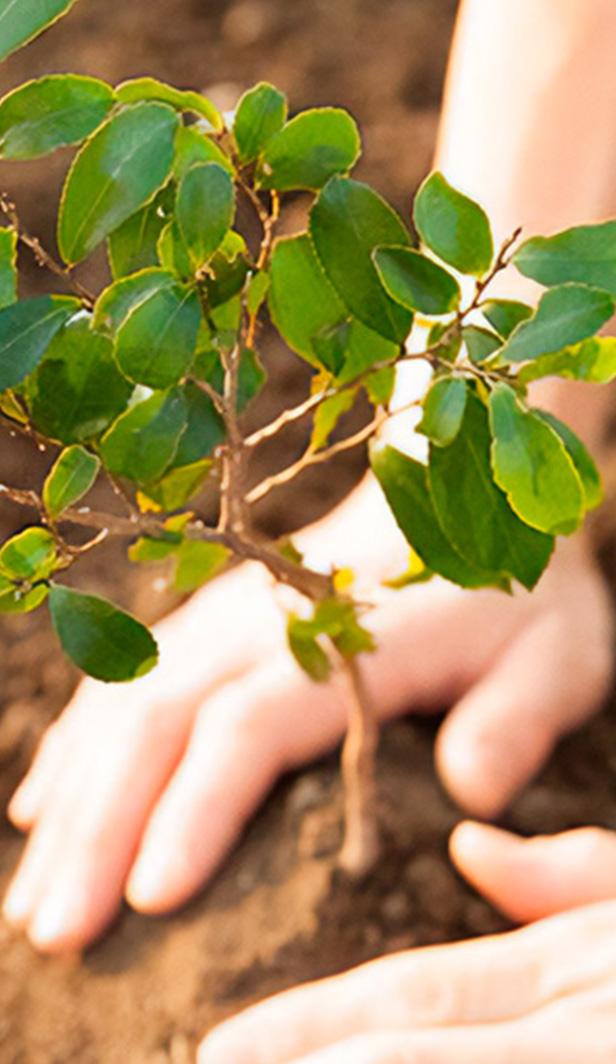Coffee goes back a really long way
Coffee is thought to date back to 800 A.D., where it was discovered by 9th century goat herders. It was said that they noticed their goats eating the plant and afterwards it appeared like they were ‘dancing’. Fascinated by the results, the goat herder tried them himself and discovered that it made him excitable too.

Coffee is a fruit
Despite it being called a ‘bean’, coffee is actually a fruit. The ‘beans’ grow on a bush and are found in the centre of a berry, known as a coffee cherry.

Whether it helps you make the most of your day, or the perfect excuse to catch up with old friends, coffee plays a small but important part in our everyday lives.

Beethoven loved coffee
This may surprise you, but infamous composer, Beethoven, loved coffee! He was apparently quite obsessive about it, using precisely 60 beans per cup and would spend time counting out each and every bean.

Brazil grows the most coffee in the world
It’s widely known that Brazil is one of the biggest coffee hotspots, but did you know it’s responsible for around a third of all the coffee in the world? Brazil is the number one coffee producer, followed by Vietnam and Colombia.

Finland consumes the most coffee in the world
Where Brazil may grow the most, Finland drinks the most coffee! On average they drink 12kg per person, per year which works out to an impressive 1,680 cups on average each a year. Now how’s that for a coffee fact?

Coffee wasn’t always enjoyed with breakfast
Despite coffee being known as one of the most popular drinks to have with breakfast (followed by tea), prior to the 18th century, beer was actually enjoyed with the first meal of the day!

Coffee helped Brazil go to the Olympics
In 1932, the Brazilian government didn’t have enough money to send their athletes to the Olympics, so they funded the trip by selling coffee. They loaded up a ship of coffee beans, hoping to sell it to California on their way. We love this heart-warming coffee fact!

Coffee wasn’t always for drinking
Before coffee was discovered to be a delicious beverage, it was actually a food. East African tribes would grind the berries and mix them with animal fat to eat.

There are two main types of coffee bean
Two main types of coffee bean; Robusta and Arabica. Arabica has a pleasant acidity and smooth taste, whereas Robusta has strength, body and some bitterness.

Decaf doesn’t mean no caffeine
For a coffee to be classed as decaf, it needs to have less than 0.3% caffeine.

The decaffeination process helps to create our favourite soft drinks
Once caffeine has been removed (for decaf coffee ), the caffeine will usually be sold to soft drink or pharmaceutical companies.

NESCAFÉ® produced the first instant coffee
We’re quite proud of this coffee history fact because it was us who created the first successful instant coffee blend! The story goes all the way back to 1929 when Brazil was looking for a solution to help with the coffee surplus in the country. After which, years of careful research led to the development of the NESCAFÉ® brand. Explore the history of NESCAFÉ® to learn more.

Coffee was once banned
Coffee wasn’t always as loved as it is today. In the 18th century, governments tried to ban the beverage because it was thought to stimulate radical thinking. Our favourite drink was actually banned in Sweden for a while in 1746, along with anything related to it – including cups and saucers!

The most expensive coffee in the world costs $600 per pound
Kopi Luwak is the most expensive coffee in the world, and as of 2019, it cost $600 per pound. Native to Indonesia, the coffee is roasted after being eaten, digested and expelled by the Palm Civet. It’s said that they only eat the very best, sweetest and freshest coffee cherries and when ingested, it’s naturally fermented, giving it a distinctive flavour. Would you try a cup of Kopi Luwak?

The largest cup of coffee in the world was over 26,000 litres
Yes, you heard right! The largest cup of coffee ever made was 26,939.22 litres. The brew made in Mexico, on 10 December 2022, took 300 kg of coffee and currently holds the Guinness World Record.

Australians love coffee
Australia drinks around 15.4 cups of coffee on average per week.

Today’s community favourites
Discover some of the most enjoyed articles from across the site




